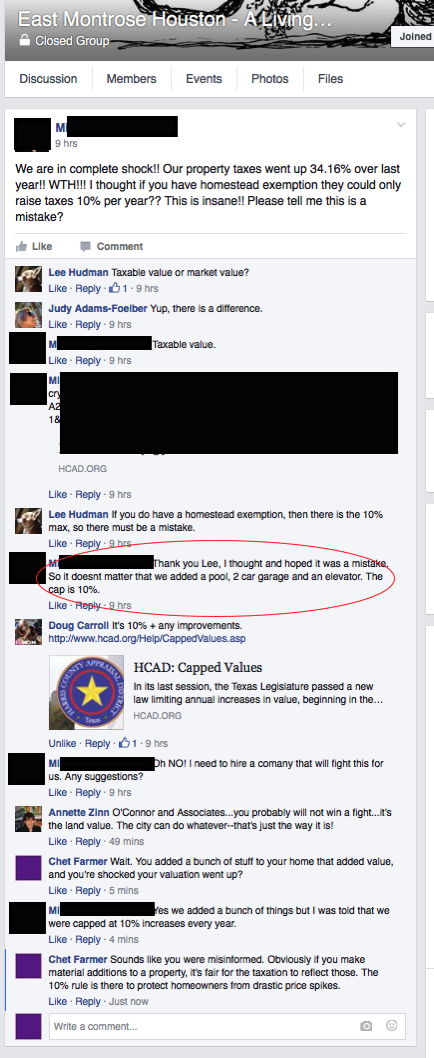THERE’S AN UPDATE. SCROLL UP. HERE’S THE LINK.
It’s not so much online, or other demands on our attention. It’s because of gatekeeping behavior, I’m sure in part, but in my personal experience, the biggest single reason?
They are bad at their jobs.
Let me explain.
Comics are a periodical medium; it used to be they were tied to months in the calendar, but that’s not universally true anymore; new issues just come out when they come out. People keep up by dealing with a local comic shop and setting up what’s called a “pull list.” You go in, fill out a form with some contact data, and make a list of the titles you want “pulled” for you when they come out. Then, you go to the store at your leisure to pick up your accumulated comics.
Big fans who read many titles do this every Wednesday, which is traditionally when new comics come out (you may have seen DC fans in your life talking about buying a highly-anticipated comic at midnight last night, i.e. on the first moments of Wednesday; it’s also been a plot point in Big Bang Theory more than once). People like me who read fewer titles probably go in once a month, or even every couple of months, but the principle is the same.
For years I had a pull list at Nan’s Comics and Games. I finally quit when, for the umpteenth time, they just skipped a couple of my issues. This is a “you had one job” kind of situation, right? If I have The Avengers on my list, I expect to get every issue. If I travel a bunch and don’t come in for 6 or 8 weeks, the point of the pull list is that I don’t miss anything. Nan’s couldn’t be bothered to actually do my pulls reliably, and so I just quit reading monthlies because it was too much trouble.
Back in early April, though, I was tempted back by some really great writing by folks like Kelly Sue DeConnick, Matt Fraction, and others, plus the Ta-Nehisi Coates-penned revival of Black Panther. Returning to Nan’s was out of the question, but there’s a much shinier and newer shop — a branch of Bedrock City, which has several locations in Houston — up on Washington Avenue. It’s actually next door to my doctor, even (which is convenient for him, since he’s a big nerd too).
I went in and picked 5 or 6 titles, and then filled out their pull-list paperwork. They had my name, my email, my physical address, and I even provided a credit card number after we discussed the fact that I might not drop by for a month or so at a time. “If we have your card, we’ll just charge you for them after a month or two, and nobody worries about it.” Fine by me! Let’s do this! I had the guy review the paperwork to ensure all was squared away — this turns out to be important — and left looking forward to my comics.
I got busy. I ride a lot, and work’s been crazy. I was driving by Bedrock today, though, and — fueled by the knowledge that Black Panther #2 had just come out; n.b. I bought the first one when I was in there in January or February, so this is what “monthly” looks like for some titles — I stopped by to pick up my comics. I was even a little excited!
The girl at the desk, though, killed that with a quickness. “We don’t have a pull list for Farmer,” she said after checking the computer.
WAT.
“I’m pretty sure you do.”
She poked around a bit, opened a drawer, and pulled my form out of some kind of dead letter file. On the front was a PostIt saying that, because they didn’t have my phone number, they couldn’t set up the pull.
Mind you, they reviewed my paperwork back in April, and pronounced it find. Plus, my email address was RIGHT THERE ON THE FORM, in the box marked “email,” so it’s not like they couldn’t reach me. Even if they were dead set on having the phone number for the pull (which the guy in January didn’t care about), you’d think they could’ve reached out by email to get the phone number. These are people who, presumably, also care about comics, and understand that missing issues isn’t cool.
Apparently not. By now, I’ve missed at least one issue of everything on my list other than Panther, which (as I said) just came out.
I bought that, and only that, and told them not to bother with the pull after all.
Fuck you, Bedrock. I’ll buy the rest of the Panther issues somewhere else when they come out. The other titles I’ll get digitally, or buy the trade paperbacks when they come out. From AMAZON.
Why are comics shops in trouble? Shit like this right here, boyo. Shit like this right here.
(For the record, the girl behind the counter seemed to understand this was bullshit, but made clear the decision to behave this way wasn’t hers.)

